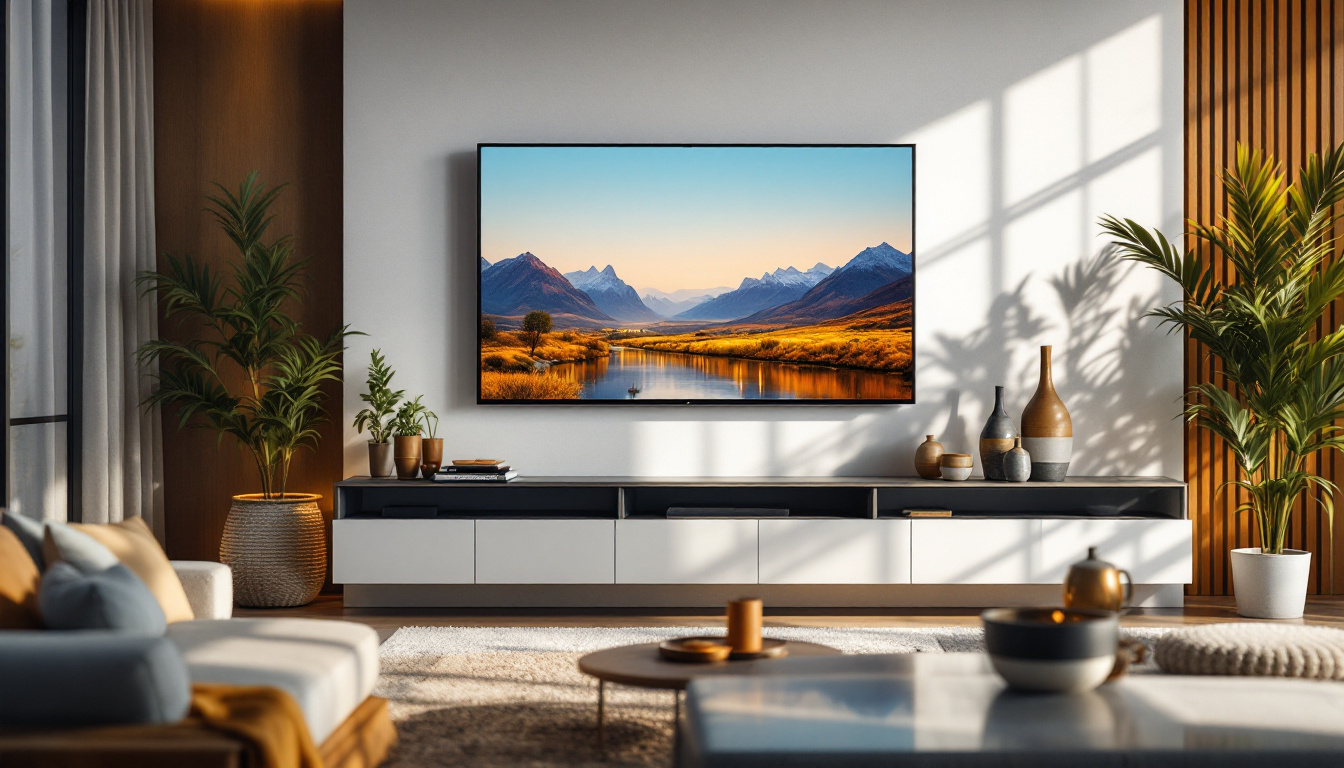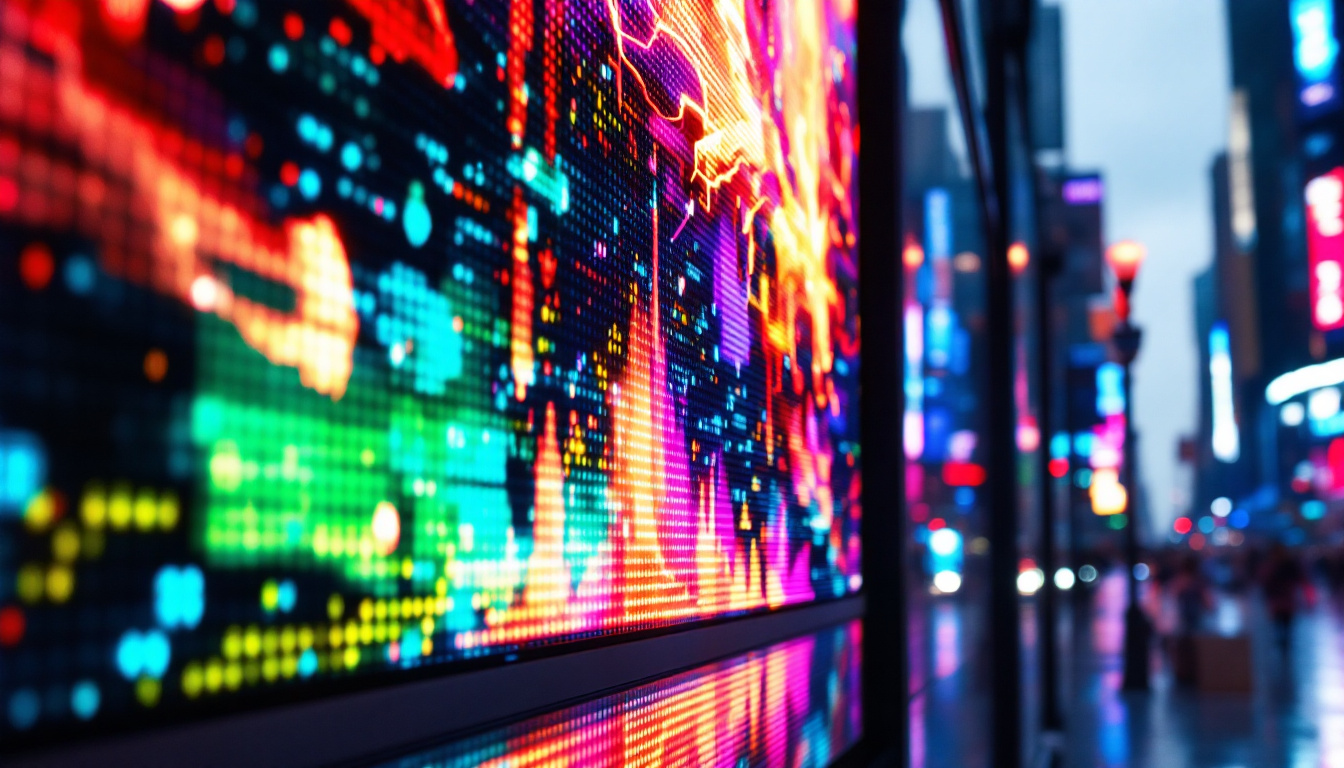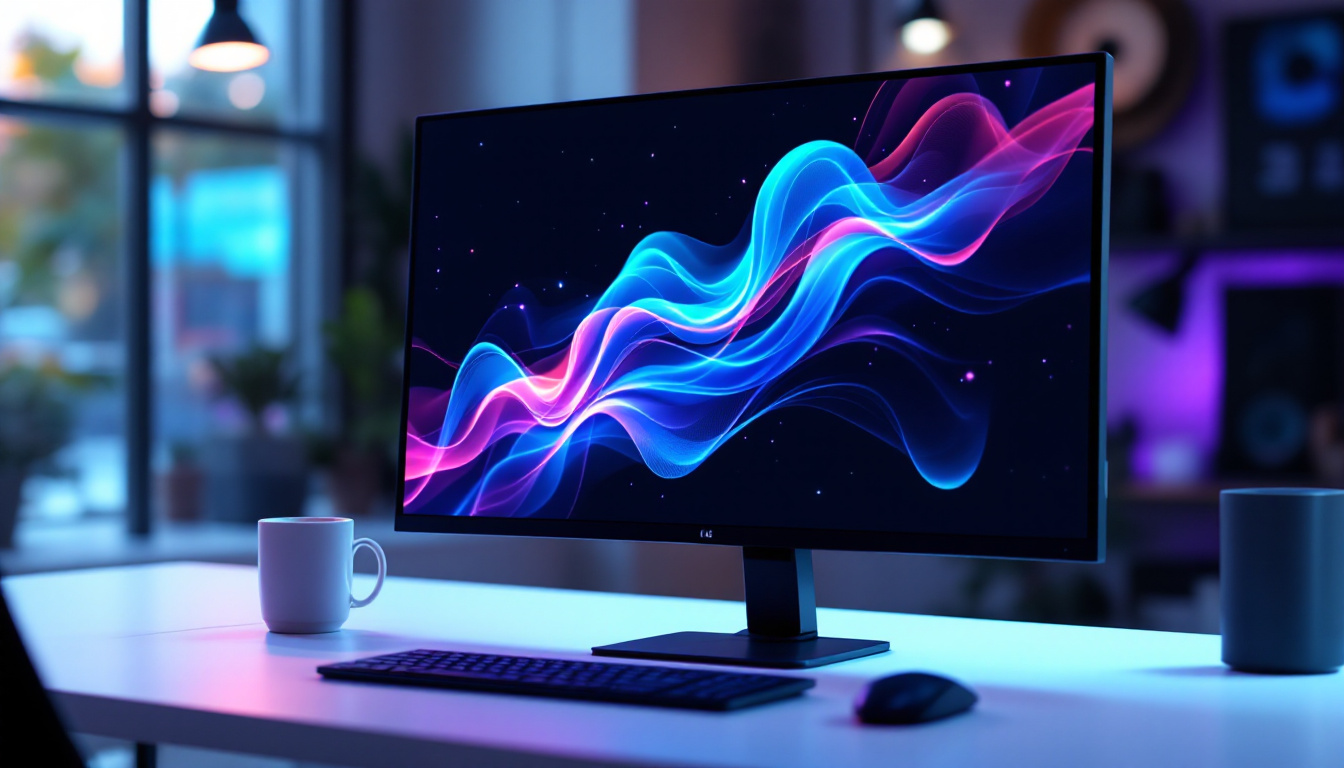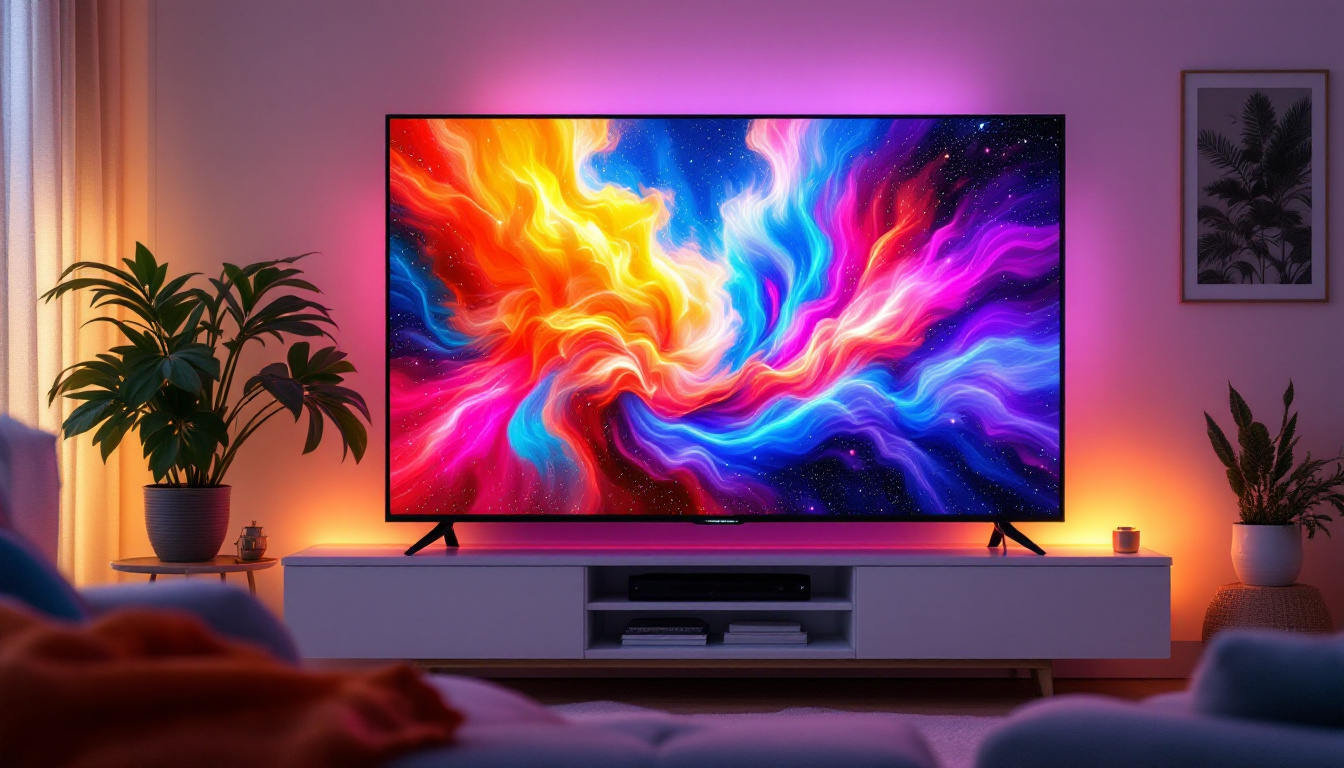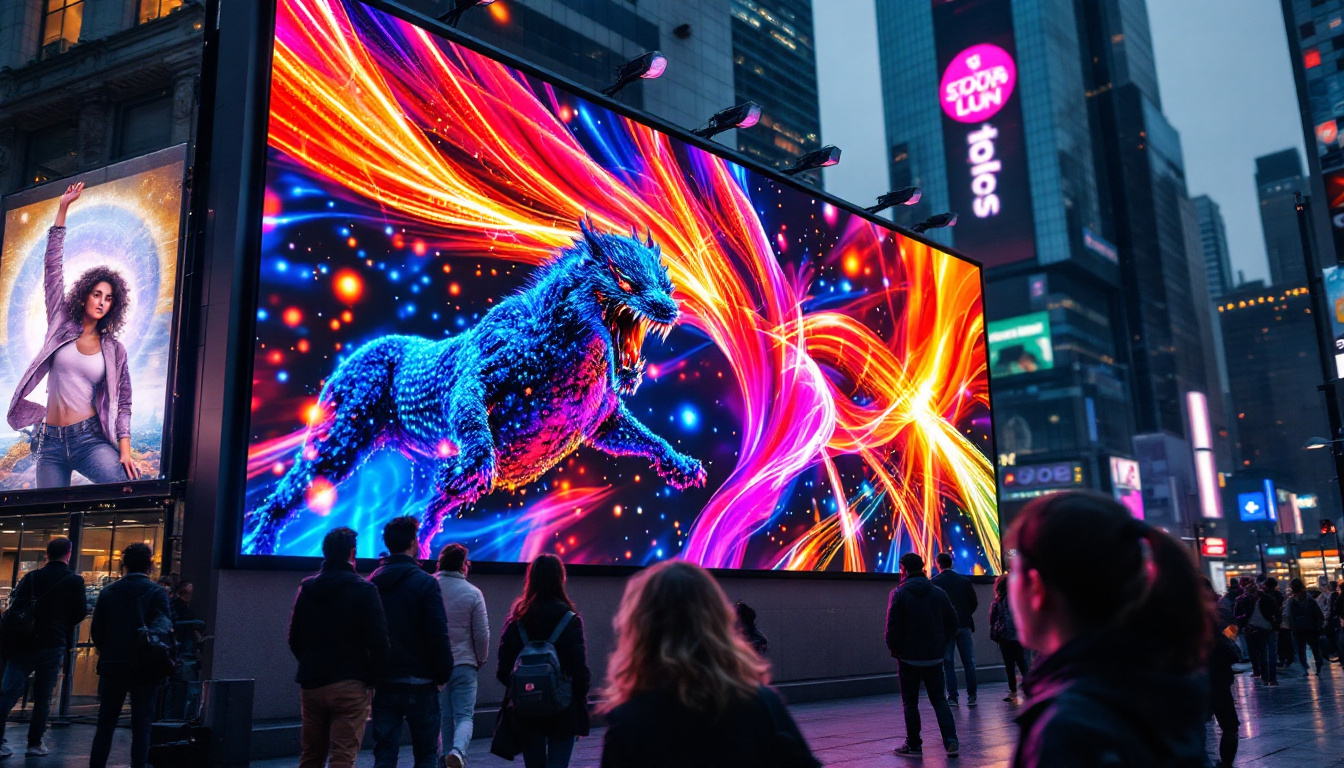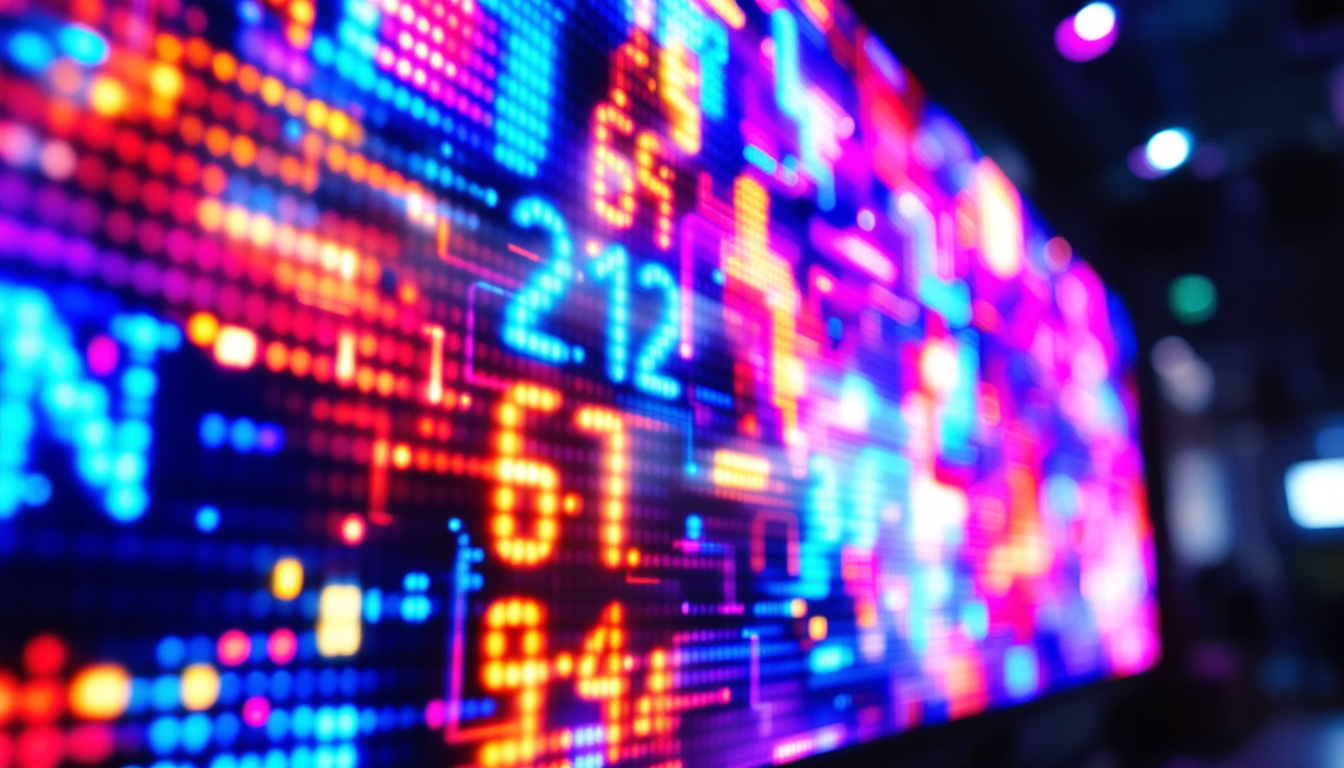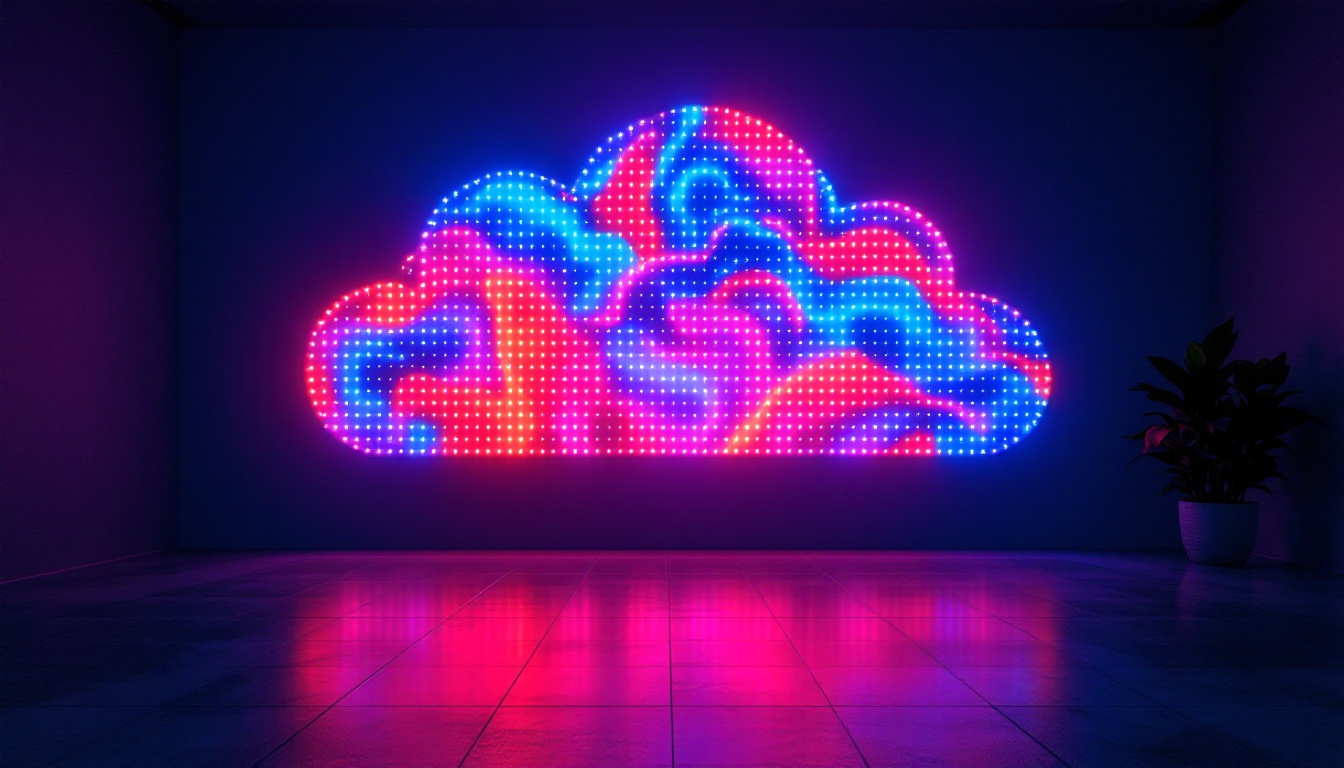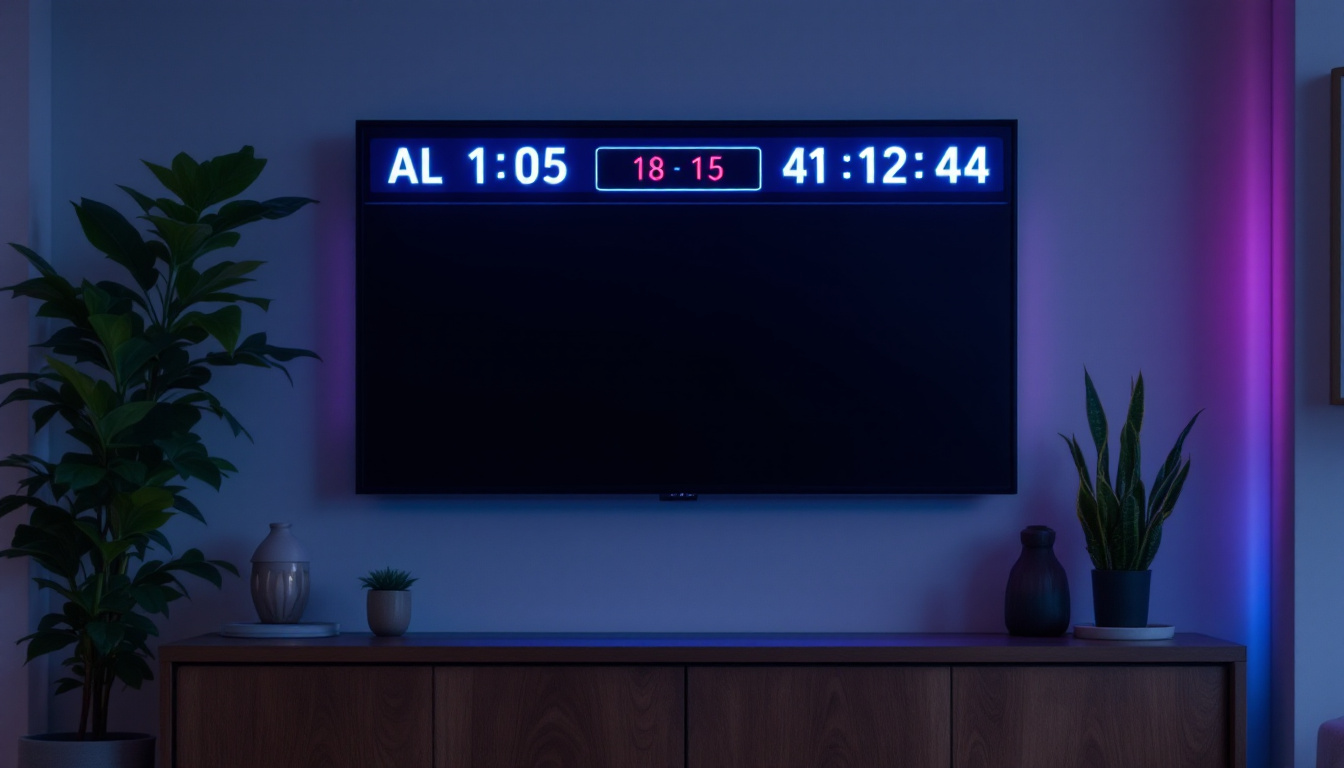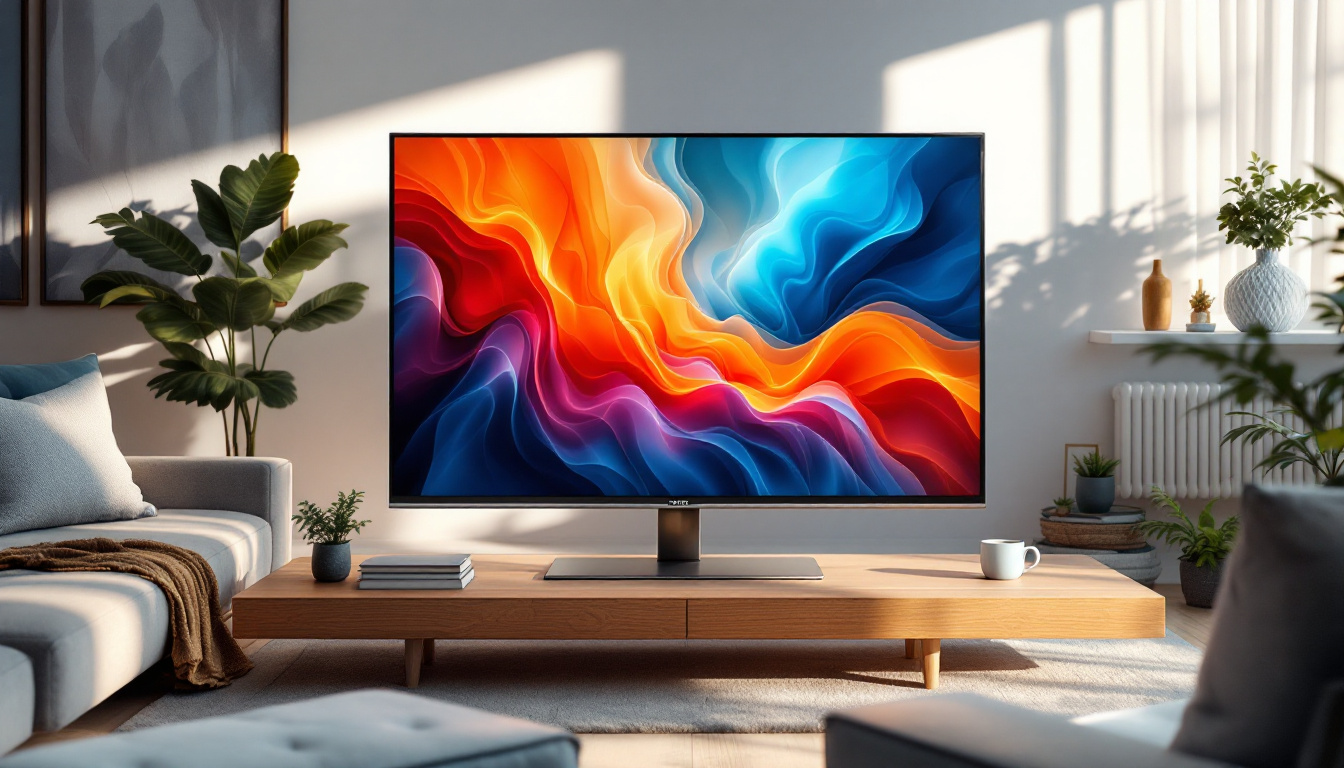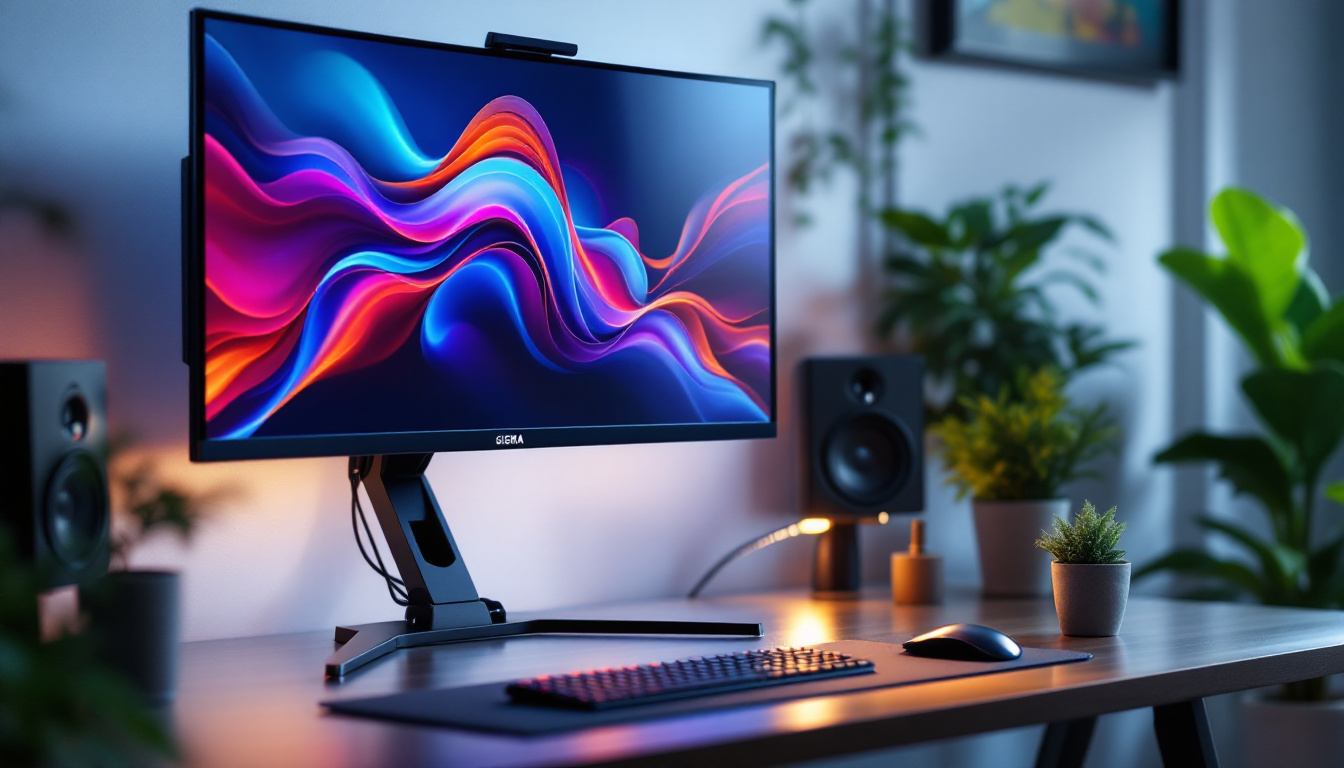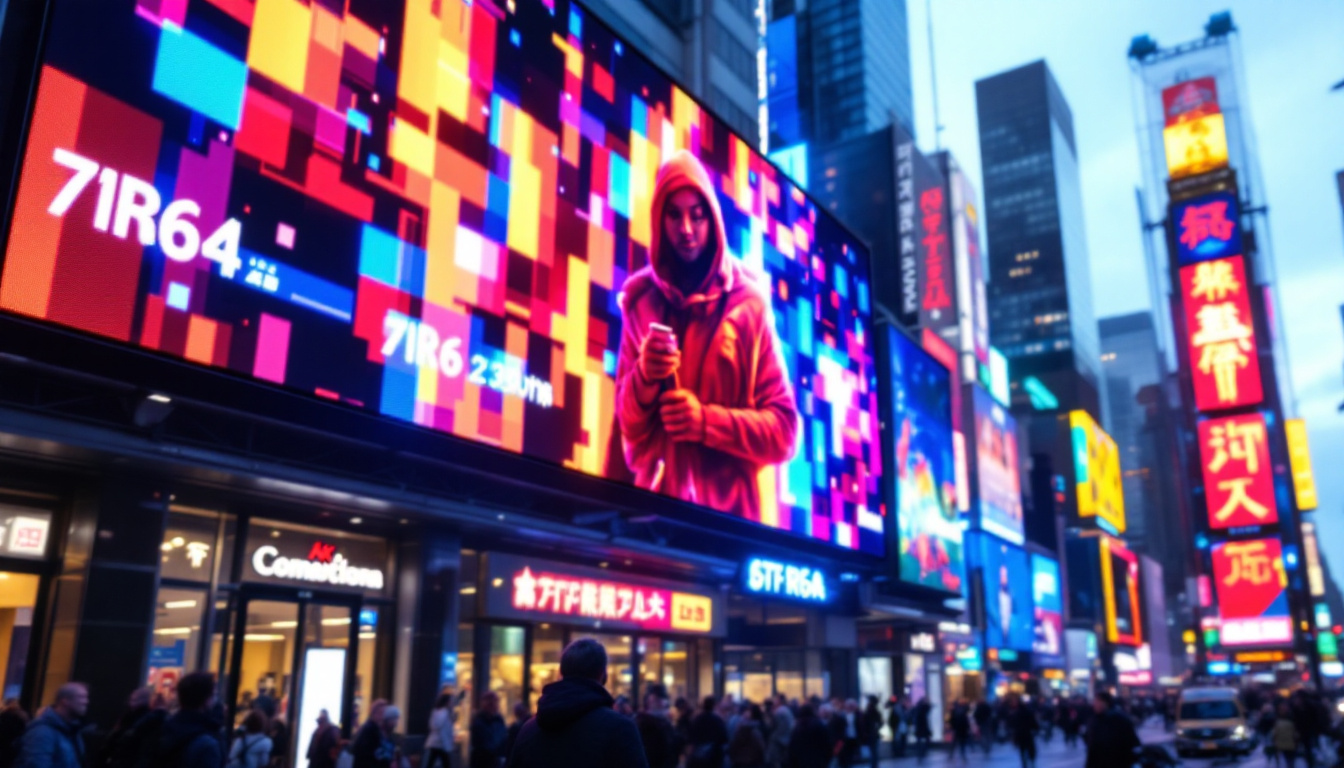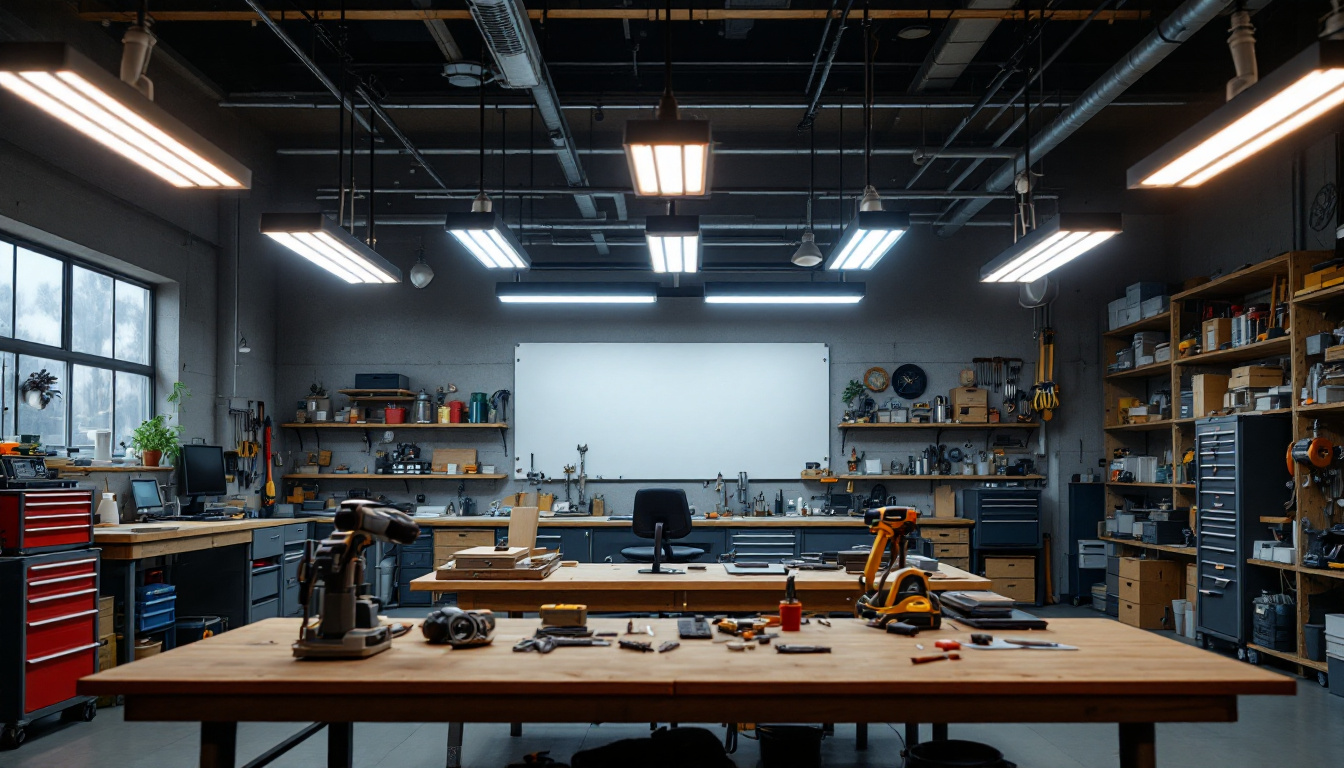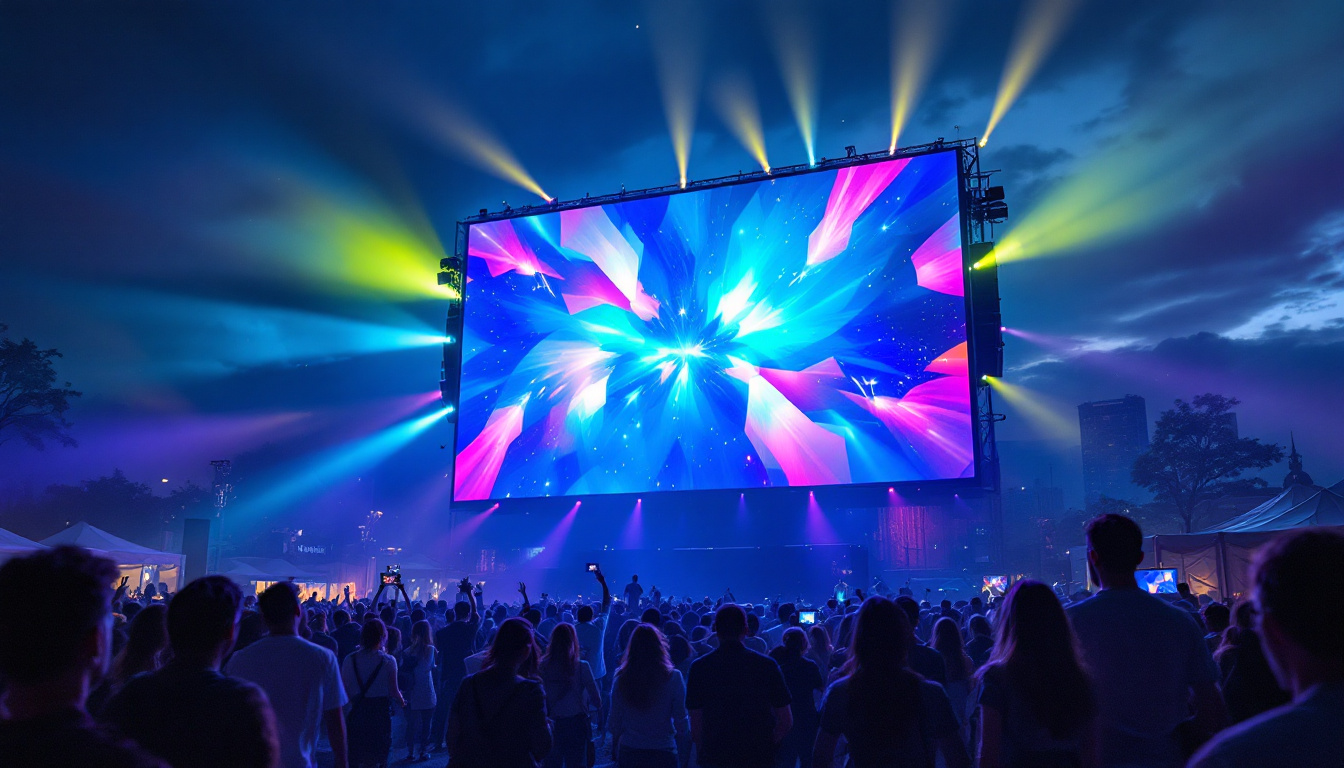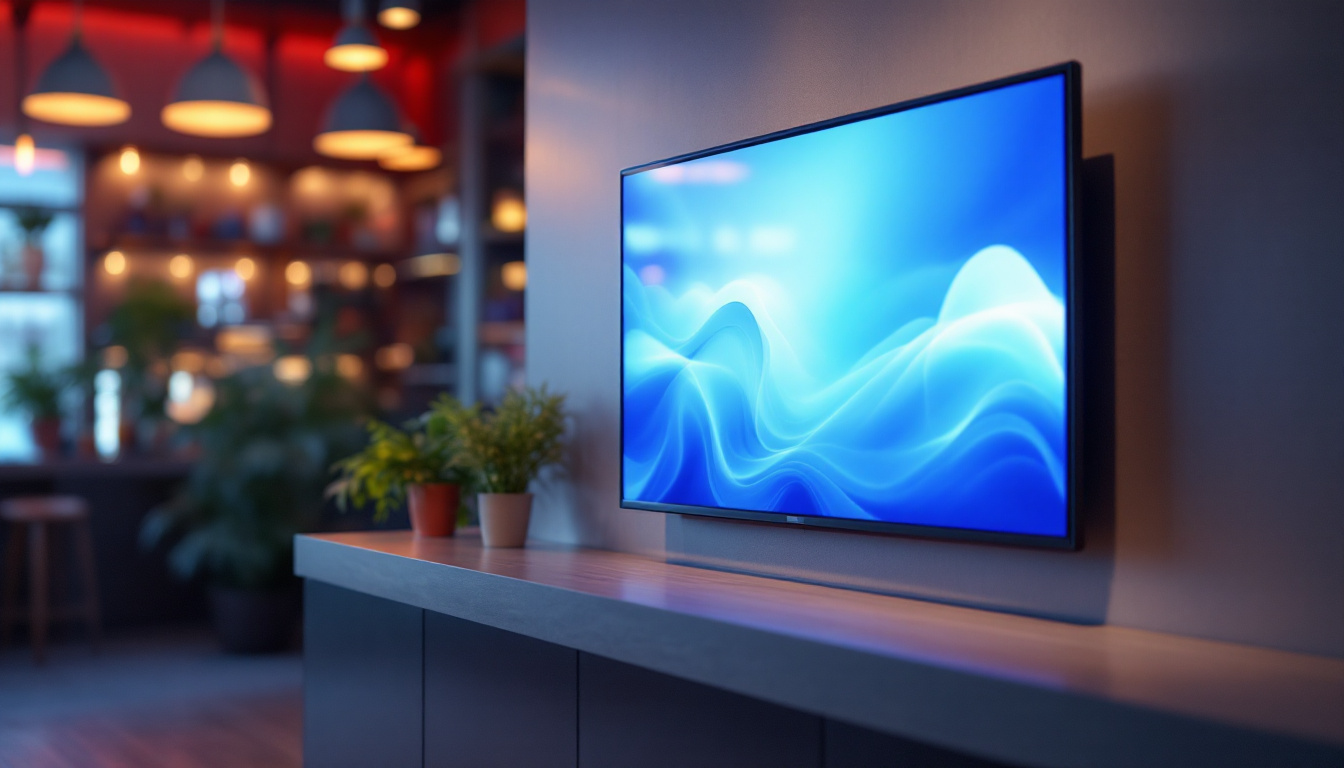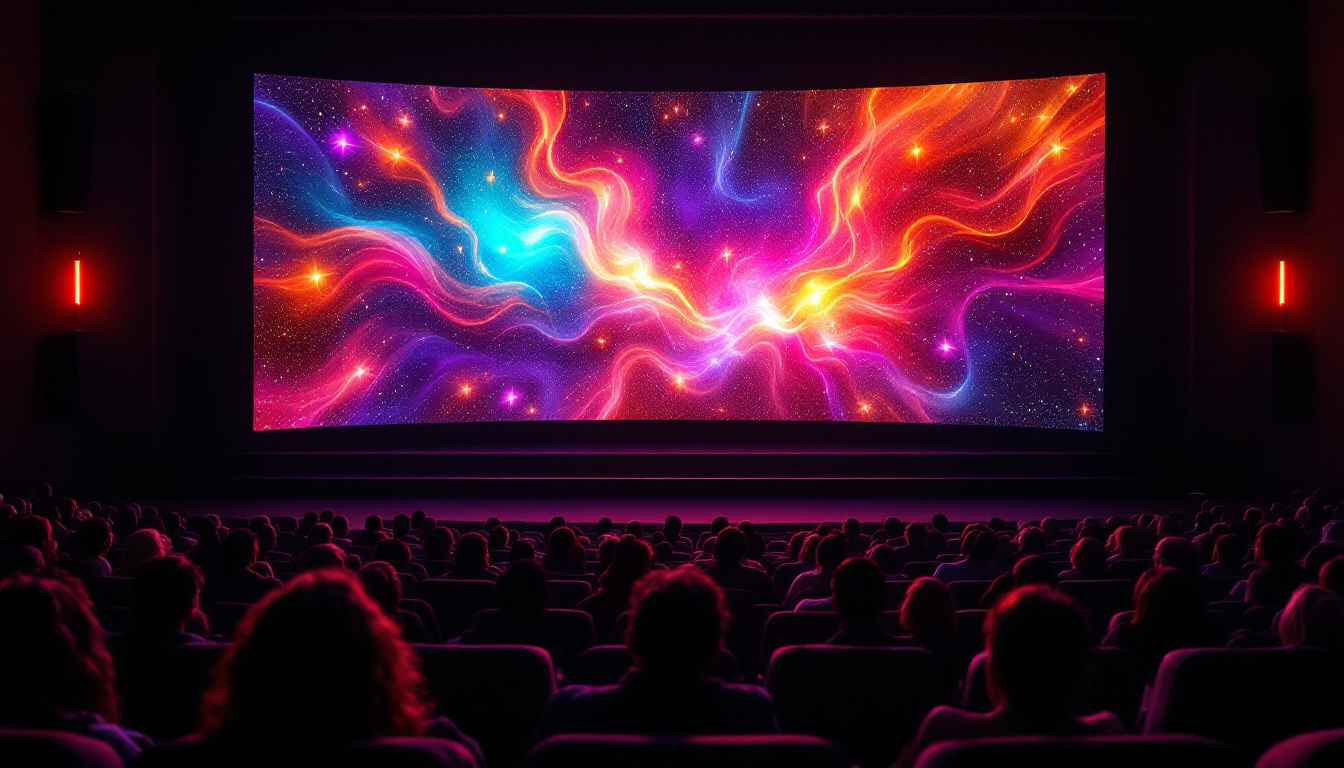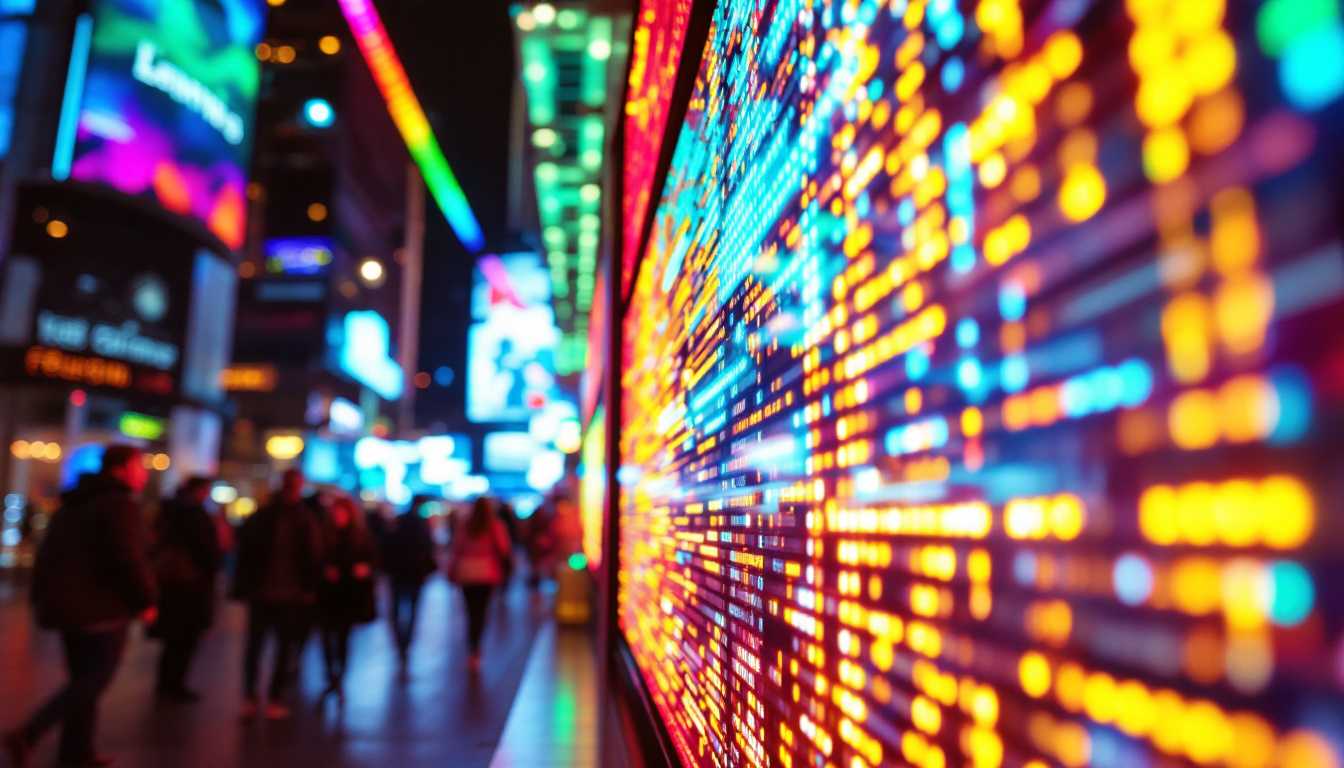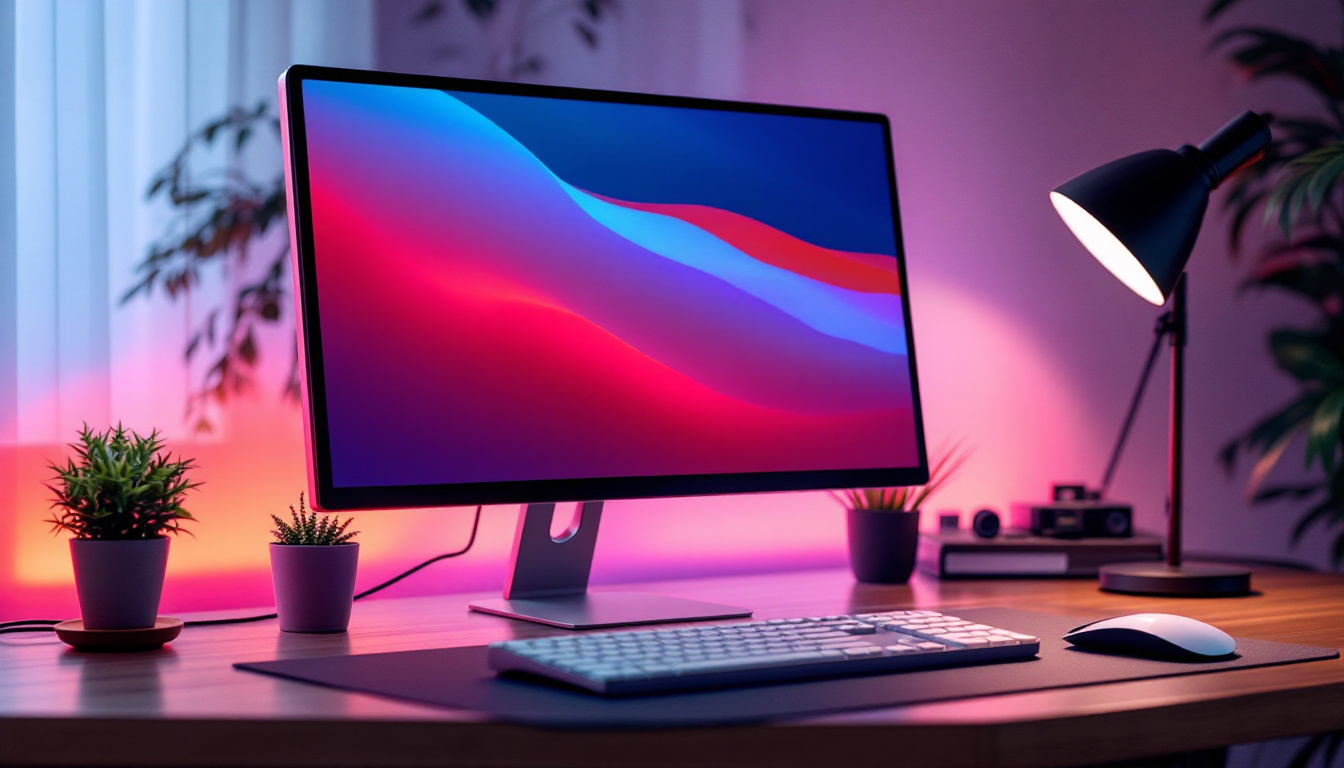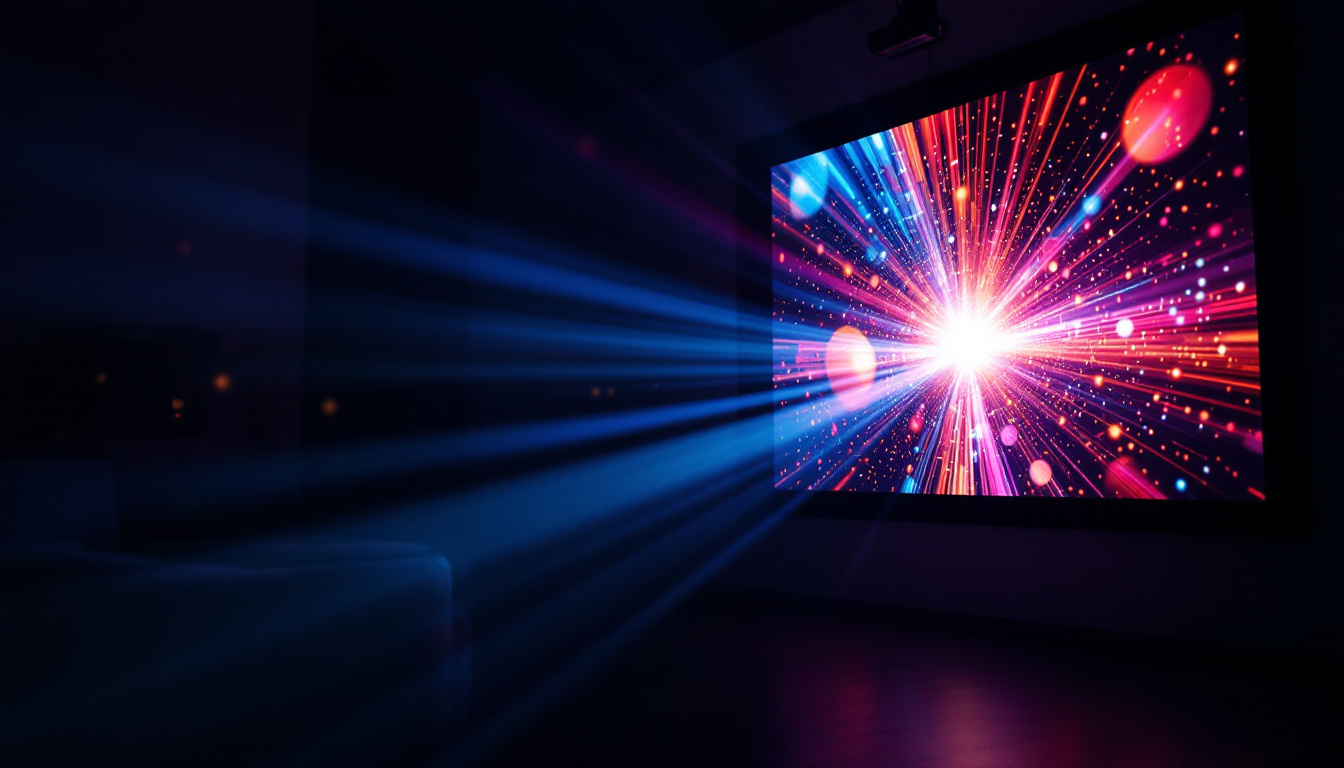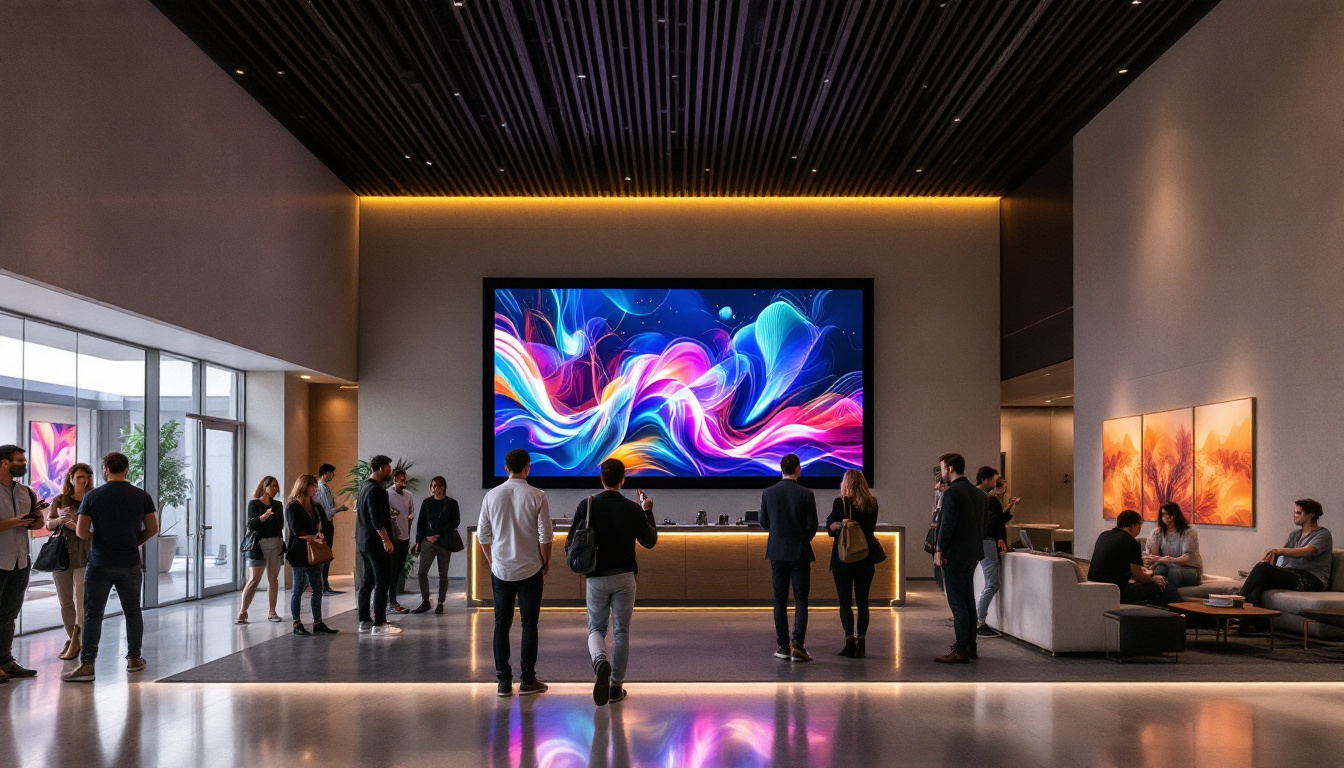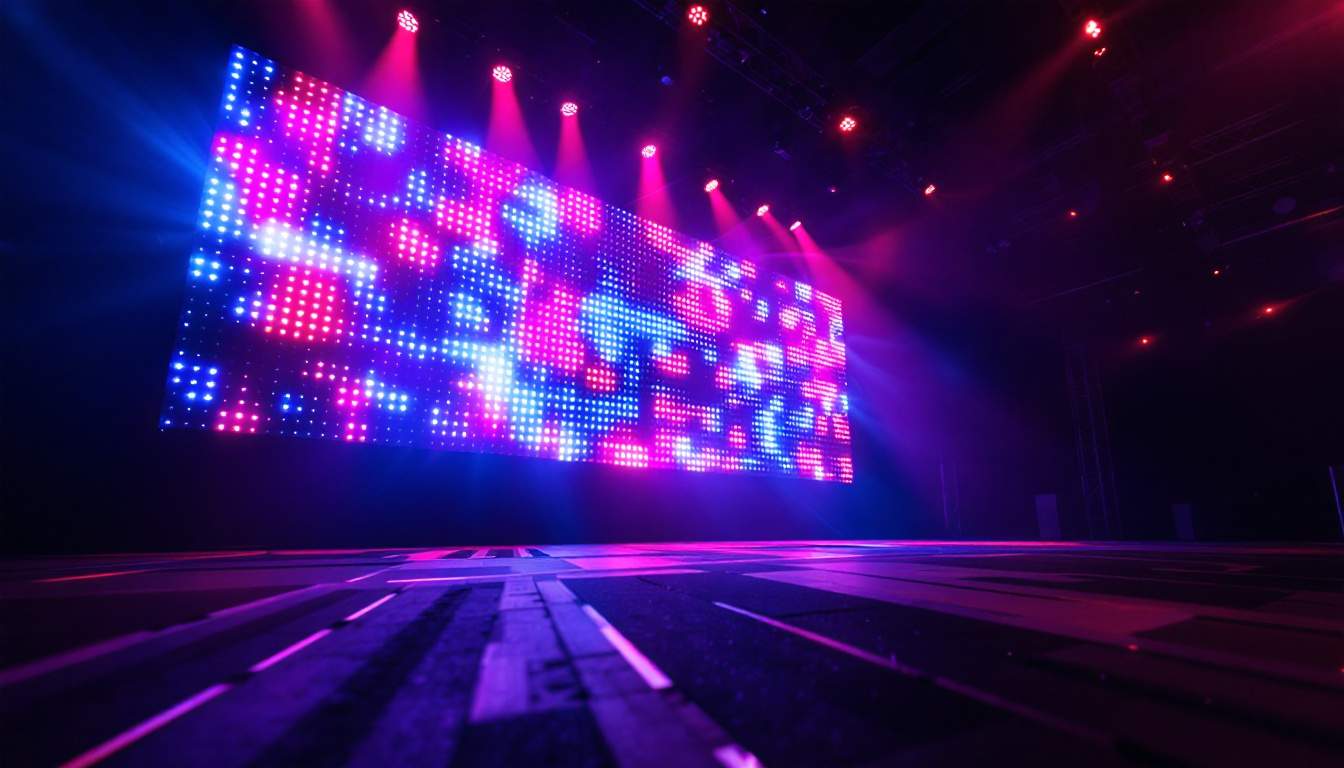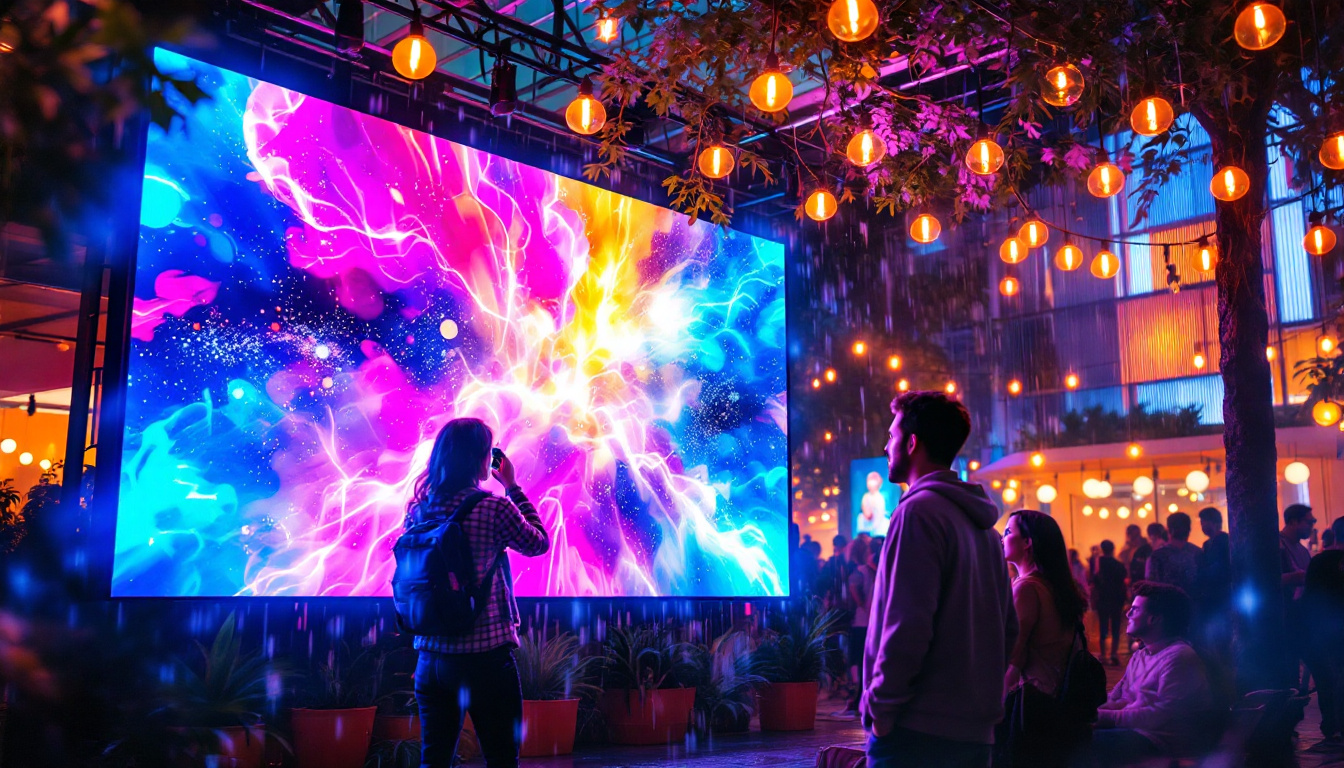Wall Panels TV Wall: LED Display Explained
In today’s fast-paced digital landscape, the way we consume media has evolved dramatically. One of the most significant advancements in home entertainment is the emergence of LED wall panels. These innovative displays have transformed the traditional TV wall into a dynamic viewing experience. This article delves into the intricacies of LED display technology, the benefits of wall panels, and how they can elevate your home entertainment setup.
Understanding LED Display Technology
LED, or Light Emitting Diode, technology has revolutionized the display industry. Unlike traditional LCD screens, which rely on backlighting, LED displays utilize a series of tiny diodes that emit light, resulting in brighter, more vibrant images. This section explores the fundamental aspects of LED technology and its application in wall panels.
The Basics of LED Technology
At its core, LED technology involves the use of semiconductor materials that emit light when an electric current passes through them. This process allows for greater energy efficiency and longevity compared to conventional display technologies. LED displays can be categorized into two main types: direct-lit and edge-lit. Direct-lit displays feature LEDs placed behind the screen, providing uniform brightness, while edge-lit displays use LEDs along the edges, allowing for thinner designs. The advancements in LED technology have also led to the development of mini and micro LED displays, which utilize even smaller diodes for enhanced pixel density and resolution. These innovations are paving the way for ultra-high-definition displays that can deliver stunning visual experiences, particularly in large-format applications such as digital billboards and immersive environments.
Benefits of LED Displays
LED displays offer numerous advantages over traditional display technologies. Their ability to produce deeper blacks and brighter whites enhances contrast ratios, resulting in more vivid images. Additionally, LED panels consume less power, making them an environmentally friendly choice. The longevity of LED technology also means that users can enjoy their displays for years without significant degradation in quality. Furthermore, LED displays are known for their quick response times, making them ideal for fast-paced content such as sports broadcasts and video games. The durability of LED technology also allows for outdoor applications, as many LED displays are designed to withstand harsh weather conditions, ensuring reliable performance in various environments.
Types of LED Displays
When it comes to LED displays, there are several types to consider. Full-color LED displays are ideal for vibrant, high-definition content, while monochrome displays are often used for signage and information boards. Another popular option is the OLED (Organic Light Emitting Diode) display, which offers superior color accuracy and contrast but at a higher price point. Understanding these options is crucial for selecting the right display for your needs. Additionally, there are specialized LED displays such as transparent LED screens, which allow for creative installations in retail spaces and exhibitions, providing an eye-catching way to showcase products without obstructing visibility. Another emerging trend is the use of flexible LED displays, which can be curved or shaped to fit unique architectural designs, offering endless possibilities for innovative display solutions.
Wall Panels: A Modern Solution for Home Entertainment
Wall panels have emerged as a popular choice for modern home entertainment setups. These panels not only serve as a mounting solution for LED displays but also enhance the overall aesthetics of the room. This section examines the various types of wall panels available and their impact on home design.
Types of Wall Panels
Wall panels come in various materials, styles, and designs. From sleek and modern to rustic and traditional, there is a wall panel to suit every taste. Common materials include wood, metal, and composite materials, each offering unique benefits. For instance, wooden panels can add warmth and texture to a space, while metal panels can create a contemporary, industrial feel. Additionally, acoustic panels have gained popularity for their sound-absorbing properties, making them an excellent choice for home theaters or gaming rooms. These panels not only serve a functional purpose but can also be found in various colors and patterns, allowing homeowners to express their personal style while enhancing sound quality.
Design Considerations
When designing a TV wall with LED displays and wall panels, several factors should be considered. The size of the room, the height of the ceiling, and the overall layout can all influence the design. Additionally, the choice of colors and textures can dramatically affect the ambiance of the space. Integrating the TV wall with existing decor is essential for achieving a cohesive look. Lighting plays a crucial role in this design process as well; strategically placed LED strip lights or accent lighting can highlight the panels and create a dynamic visual effect. Furthermore, considering the placement of furniture in relation to the TV wall ensures that viewing angles are optimized, enhancing the overall entertainment experience.
Installation and Maintenance
Proper installation of wall panels and LED displays is crucial for optimal performance and longevity. It is advisable to consult with professionals who specialize in audio-visual installations to ensure that everything is set up correctly. Regular maintenance, such as cleaning the screens and checking for loose connections, will help keep the system functioning smoothly. Additionally, homeowners should be aware of the potential for wear and tear on wall panels, especially in high-traffic areas. Using protective coatings or finishes can help preserve the appearance of wood or composite panels, while metal panels may require occasional polishing to maintain their luster. Investing time in both installation and maintenance can significantly enhance the durability and aesthetic appeal of the home entertainment setup.
Enhancing the Viewing Experience
While the technology behind LED displays and wall panels is impressive, the ultimate goal is to enhance the viewing experience. This section explores various ways to optimize the setup for maximum enjoyment.
Optimal Viewing Distance
Understanding the optimal viewing distance is essential for an enjoyable experience. The ideal distance varies depending on the size of the LED display. A general rule of thumb is to sit at a distance that is 1.5 to 2.5 times the diagonal size of the screen. This ensures that viewers can appreciate the details without straining their eyes. Moreover, for those who enjoy high-definition content, sitting closer can provide a more immersive experience, allowing viewers to fully appreciate the finer details and vibrant colors that modern displays offer. It’s also worth considering the layout of the room; ensuring that seating is arranged in a way that maximizes the viewing angle can further enhance the experience.
Lighting Considerations
Lighting plays a crucial role in the viewing experience. Ambient lighting should be soft and diffused to reduce glare on the screen. Additionally, the use of blackout curtains can help control natural light during daytime viewing. For a cinematic experience, consider installing dimmable lights or smart lighting systems that can be adjusted based on the content being viewed. Furthermore, incorporating LED strip lights behind the display can create a halo effect that not only enhances the aesthetics of the room but also reduces eye strain by providing a balanced light source. This technique, known as bias lighting, can significantly improve contrast and make the viewing experience more comfortable, especially during long sessions.
Sound Integration
While visual quality is important, sound is equally crucial for an immersive experience. Integrating a surround sound system or soundbar can significantly enhance audio quality. Positioning speakers strategically around the room will create a more enveloping sound experience, making movie nights and gaming sessions even more enjoyable. Additionally, investing in acoustic treatments, such as sound-absorbing panels or rugs, can help minimize echoes and enhance clarity. For those who prefer a more compact solution, wireless speakers can provide flexibility in placement while still delivering high-quality sound. Exploring options like Dolby Atmos can take the audio experience to the next level, allowing sound to move in a three-dimensional space, further immersing viewers in the action on screen.
Future Trends in LED Display Technology
The world of LED display technology is constantly evolving. As consumer demands grow, manufacturers are innovating to create more advanced and versatile products. This section highlights some of the future trends that are shaping the industry.
MicroLED Technology
MicroLED technology is one of the most exciting advancements in the display industry. This technology uses microscopic LEDs to create individual pixels, resulting in unparalleled picture quality. MicroLED displays offer higher brightness levels, better energy efficiency, and longer lifespans compared to traditional LED displays. As this technology becomes more accessible, it is expected to revolutionize home entertainment setups.
Flexible and Curved Displays
Another trend gaining traction is the development of flexible and curved displays. These innovative designs allow for unique installation options, enabling users to create immersive viewing experiences tailored to their spaces. Curved displays can enhance depth perception, making them ideal for gaming and cinematic experiences.
Smart Integration
As smart home technology continues to advance, the integration of LED displays with smart systems is becoming increasingly common. Users can control their displays through voice commands or mobile apps, allowing for seamless operation. This trend is expected to grow, with more devices becoming interconnected, creating a fully integrated home entertainment ecosystem.
Conclusion
LED wall panels have transformed the way we experience media in our homes. With their vibrant displays, energy efficiency, and aesthetic appeal, they have become a staple in modern entertainment setups. Understanding the technology behind LED displays, the benefits of wall panels, and how to optimize the viewing experience is essential for anyone looking to elevate their home entertainment. As technology continues to evolve, staying informed about the latest trends will ensure that your setup remains cutting-edge and enjoyable for years to come.
In summary, whether you’re a movie enthusiast, a gamer, or simply someone who enjoys high-quality visuals, investing in LED wall panels can significantly enhance your viewing experience. From choosing the right display to designing an aesthetically pleasing setup, the possibilities are endless. Embrace the future of home entertainment and enjoy the stunning visuals that LED technology has to offer.
Discover the Future of Home Entertainment with LumenMatrix
Ready to take your home entertainment to the next level? LumenMatrix is at the forefront of LED display innovation, offering a wide array of solutions tailored to your needs. Whether you’re looking for an Indoor LED Wall Display to transform your living space, an Outdoor LED Wall Display to make a statement, or any of our specialized displays, we have you covered. Experience the ultimate visual communication with our cutting-edge technology that promises to captivate and engage. Don’t wait to elevate your viewing experience—Check out LumenMatrix LED Display Solutions today and join the revolution in digital signage and LED displays.

